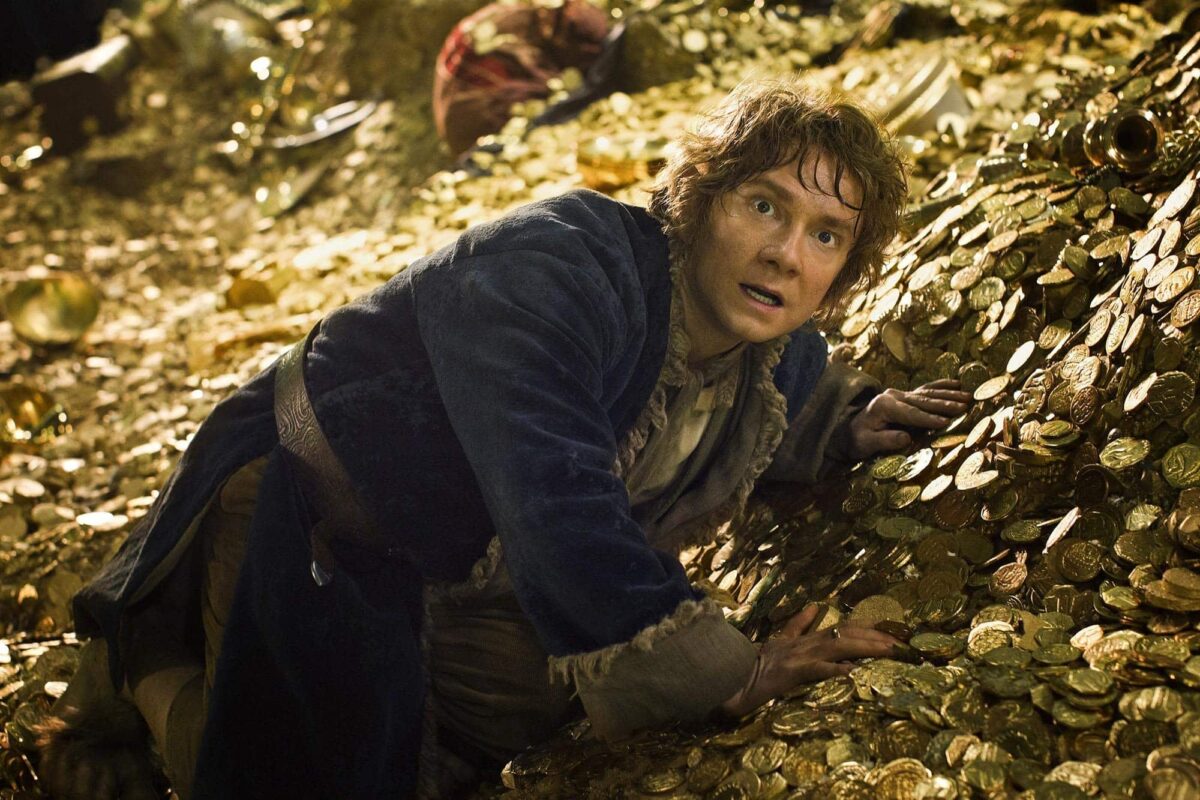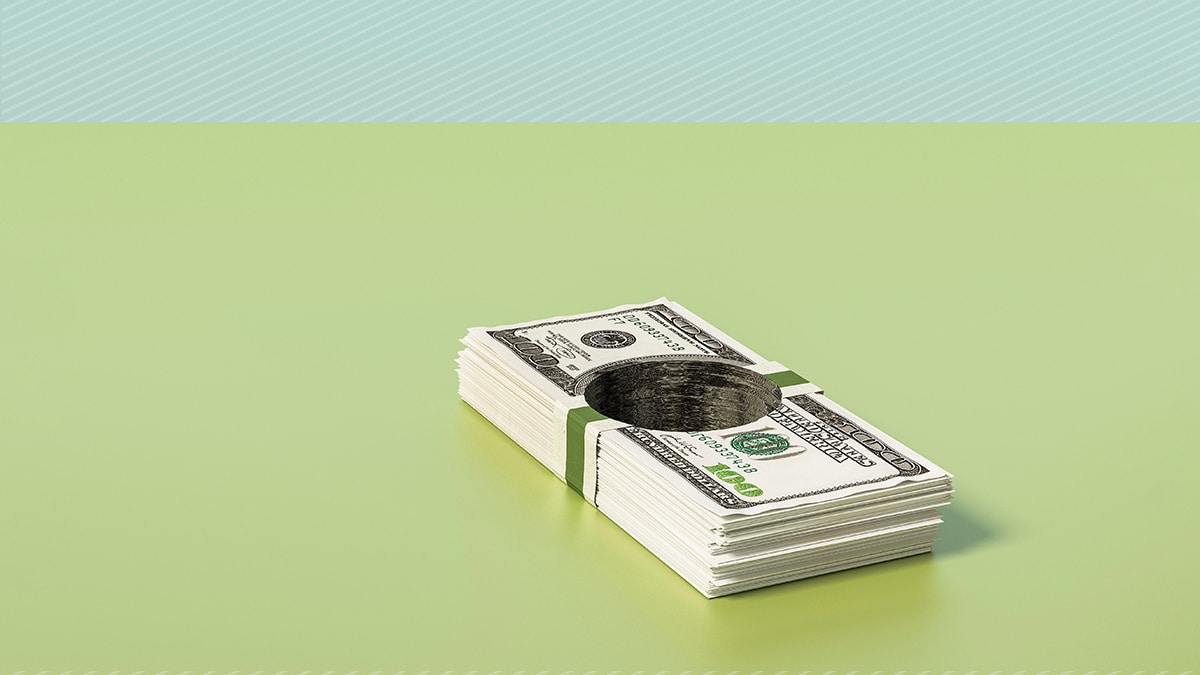

Why we still believe in gold
Gold, which John Maynard Keynes called the “barbarous relic”, has become so eagerly sought that even Costco has got in on the business. Perhaps this newfound fascination shouldn’t surprise us. For those looking to build nest-eggs, gold is easier to understand than stocks or bonds, since you can literally hold it in your hand. Moreover, of late, this most ancient of assets has been outperforming most other classes. Bonds have been tanking, real estate is sluggish and even the on-fire US stock market, up about 6% since the start of the year, falls short of the double-digit increase gold has managed in that time. Former British Chancellor Gordon Brown must surely regret, 25 years ago this month, selling off more than half the nation’s gold reserves at such a measly price.
And yet, gold’s enduring appeal may be less practical than mystical, something economists struggle to explain. Although in fairness to Keynes he was referring to the gold standard and not gold itself, there’s no shortage of sceptics who are bemused by gold’s popularity, since the metal is worthless as an asset. It produces nothing and unlike other precious metals, such as silver, it has virtually no industrial applications. Instead, its value derives from a tautology: we want gold because we want it, which is to say that because everyone wants it, we know it has value and therefore we want it.
Warren Buffett concluded that a Martian would be left scratching his head: humans will pay an army of people to dig up gold from beneath the earth and, after they resurface with the shiny ore, pay another army to dig a hole in the ground to bury it, whereupon we pay yet another army to stand guard over it and protect it. It’s as if, in a “disenchanted” world meant to have replaced mystery with reason, we still cling to irrational or romantic notions of beauty and value.
“We still cling to irrational or romantic notions of beauty and value.”
Certainly, our love of it has deep roots. Ancient civilisations from Asia to the Americas all held it in awe, a fascination that carried into the early modern age, the search for gold being a motivating factor in the age of exploration that opened the world to Europe’s empires. Equally, the flood of precious metals from the empires helped bring about the end of European feudalism and the rise of capitalism, since the resulting inflation both diminished land values — the basis of the nobility’s power — and drove up demand for industrial manufactures.
So it made sense that when modern monetary regimes emerged alongside the rise in global trade, the states of Europe would often underpin their currencies with precious metals. By holding them in their treasuries, central banks could then issue promissory notes that could be redeemed for the specified weight of gold or silver — the name “pound sterling” betraying its origins as a currency that was originally backed by silver (to be later replaced by gold). The comparative ease of moving paper as opposed to gold or silver facilitated trade on a vast scale and gave governments flexibility in issuing currency, since redemptions in exchange for the metal were relatively rare.
In fact, the more modern the world became, the more gold’s importance grew. It provided the undergirding of the world economy in the post-Second World War period, when the gold-backed dollar system created what amounted to a virtual global currency. In June 1944, as the war entered its final stages and delegates from the allied powers assembled in a small New Hampshire town to map out the post-war system, front of their minds was the way the collapse of international trade in the Thirties had deepened the Great Depression, enabling the rise of Nazism. Determined that it should never happen again, they set out to create a system in which trade would always flow freely. A key element of this would be a universally accepted currency.
As a result, not only trade with the United States but virtually all international exchange was conducted in dollars. Since the greenback was universally accepted — even communist countries liked to hold dollars for their trade outside the Soviet bloc — everyone was willing to use it. As they piled them up for future use, the dollar at its peak accounted for nearly nine-tenths of all the foreign reserves held by the world’s central banks. Hardly any of them bothered holding much gold anymore.
But there was an obvious problem with this arrangement. It meant that the US could pay for all its imports simply by printing more dollars, which it did. Initially, this situation suited everyone since those dollars were buying their goods, keeping their economies growing. But by the late Sixties, when the volume of dollars in global circulation exceeded the gold available for redemption, the “dollar overhang” was becoming increasingly hard to ignore. To get ahead of the looming crisis, President Nixon abandoned the gold standard, and said the US dollar would henceforth trade freely on global currency markets.
This in turn shattered the social compact on which the Bretton Woods system was founded. And implicitly asked people to henceforth trust humans rather than nature to preserve the value of their money by containing its supply. In the short term, they didn’t. Currency volatility returned, and people turned to gold. The surge of inflation in the Seventies meant the value of currencies was falling. Gold became a popular safe haven not just for central banks but for ordinary folk, who could buy small amounts of it and stuff it in safe-deposit boxes or under their beds. In the course of the decade its price shot up to more than $800, as people sought to preserve what wealth they could amid the plunging power of their money.
In 1979, Paul Volcker took the helm of the US Federal Reserve with a determination to lance inflation and preserve the dollar’s value. He set out to underpin the currency by aligning the growth of money supply more closely with that of the economy, thereby ensuring it would be backed by new output. The strategy succeeded. By raising interest rates sharply he choked off borrowing, thereby reducing the money supply and creating a relative scarcity of money. As dollar stability returned, inflation came down. Other central banks followed suit and tightened their monetary policies. The next three decades would then become the era of “monetary dominance”, as central banks asserted their independence and used it to discipline governments that were too loose with their fiscal policies. Low inflation meant that money held its value, and gold diminished in popularity, its price steadily falling. In 2000, it finally bottomed out below $300.
But just as the US government had once abused the confidence the world placed in the dollar to print too many of them, central banks now did likewise. In particular, the “Fed put” provided an implicit guarantee to markets that should asset prices fall, they’d always print more money to juice them back up. With the assurance that asset prices would only ever rise, investors were thus free to inflate bubble after bubble, safe in the knowledge that when each one burst, the central bank would come to the rescue.
As the money supply mushroomed, the allure of gold returned once more. At first driven by sceptics who doubted this state of affairs could last, the barbarous relic entered its latest golden age. Since the turn of the millennium its value has marched steadily upwards, recently reaching new highs above $2,000 an ounce.
This state of affairs doesn’t look like it will end anytime soon. With the world entering an era of what the political economist Adam Tooze has called the “polycrisis”, geopolitical rivalry is fragmenting global supply chains and throwing up new barriers to trade. As the spectre of war looms once again over Europe and East Asia, China and Russia are drawing closer together and the US is withdrawing from the wider world into a circle of its closest allies. As it does so, it’s also using the ubiquity of the dollar to go after its foes, seizing their accounts and sanctioning their use of the currency. Meanwhile, despite inflation’s return, central banks are suggesting they’ll soon ease money again. The dollar no longer looks quite the safe haven it once did.
Amid all this uncertainty, central banks are joining their citizenries in accumulating larger stockpiles of gold. As trust among countries once more weakens, and as faith in our governments and central banks to preserve the value of our money diminishes, the timeless appeal of a shiny rock seems unlikely to dim. Unlike the “digital gold” some proponents of cryptocurrency claimed could rival it as an inflation hedge, supply of the real thing can’t be manipulated by humans: Bitcoin, with its fixed supply, was meant to prevent that, but the subsequent invention of all manner of other cryptocurrencies inflated the supply immensely. Besides, for those looking for solidity amid volatility, crypto’s ethereality doesn’t offer the same reassurance as a piece of metal from the earth. In uncertain times, it would appear, we will always cling to the same certainties our ancestors did long ago.




